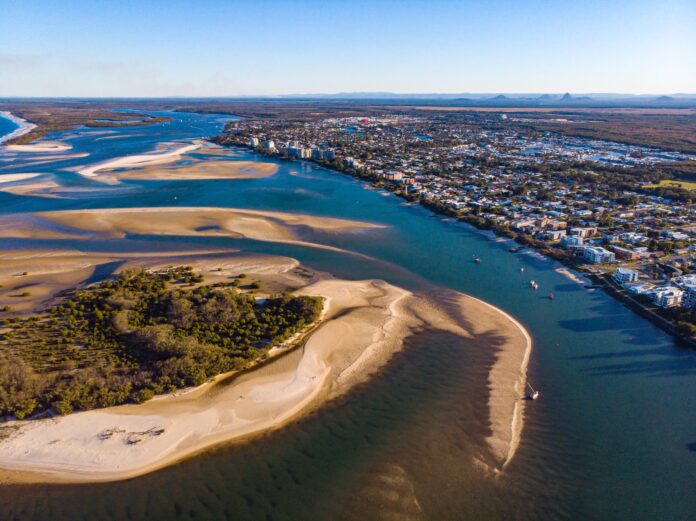Worries over water quality in the Pumicestone Passage have been allayed, for now.
The catchment was rated ‘very good’ in the 2023 Healthy Land and Water Report Card, while recent tests by the state government showed ‘no environmental concerns’.
The results came after a tidal breakthrough at Bribie Island in early 2022 affected sand movement and water flow, which led to fears the water quality could significantly deteriorate and the northern end of the passage could essentially become a lake.
But the latest analysis from HLW – the peak environmental group for South-East Queensland – indicated that the area was in better condition than many would expect.
The Pumicestone catchment was rated ‘very good’, with a mark of 79 out of 100 for its overall health. That was an improvement on last year, when it was ‘very good’ but with a mark of 66, after major flooding.
Do you have an opinion to share? Submit a Letter to the Editor at Sunshine Coast News via news@sunshinecoastnews.com.au. You must include your name and suburb.
Noosa was also rated ‘very good’, while Maroochy and Mooloolah were only rated ‘fair’.
The report card for Pumicestone remarked that pollutant loads decreased slightly and that “estuarine water quality improved from very good to excellent”.
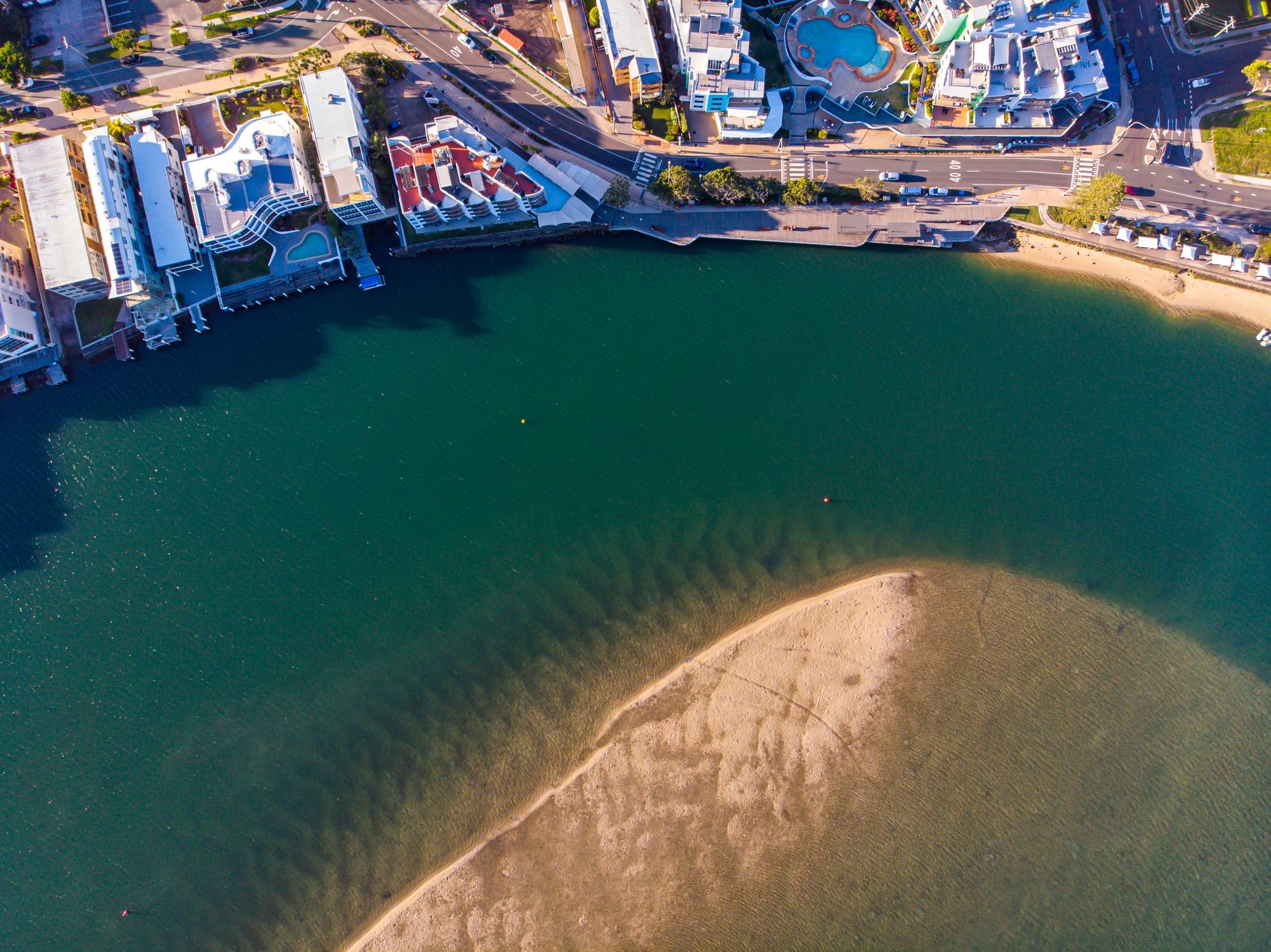
When the catchment rating was broken down into sections, it was rated ‘excellent’ for estuarine water quality and for freshwater communities and processes, ‘very good’ for habitat and ‘fair’ for catchment pollutant load. But when those sections were broken down into sub-sections, two ‘poor’ ratings were found for nitrogen load and marco-invertebrates.
Tidal flushing of the southern passage from Deception Bay dominates the estuary, with a net northern movement of water through the passage. During flood events, catchment runoff dominates water quality within the passage. The passage receives inflows from numerous small creeks on the mainland and Bribie Island.
Scientists within the HLW Knowledge Research team compiled some comments regarding the passage for Sunshine Coast News.
They said there were several factors that could affect its future.
“High levels of nutrients, sediment and contaminants delivered to the passage during rainfall events present a threat to key habitats within the passage such as seagrass meadows and oysters,” they said.
“The legacy impact of the major floods (from 2022) is an expansion in the area of mud on the seafloor which can influence water quality over the longer term.”
They said the breakthrough had “significantly changed the hydrodynamics of the passage as a whole, and especially within the northern area”.
“These changes are directly altering water movement and siltation within the area, which is likely influencing the distribution of local sub-tidal habitat, such as seagrass,” they said.
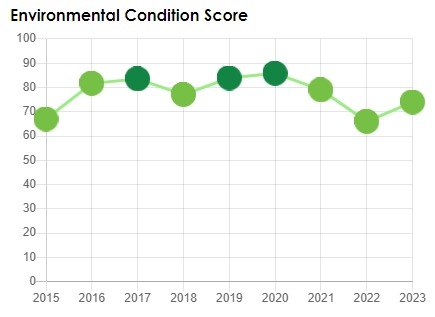
They said the northern area of the passage, including Bulcock Beach, was more impacted by stormwater and could pose future problems.
“As tidal exchange has become restricted, waters within the northern area of the passage are becoming increasingly influenced by stormwater inflows from the adjacent urban areas (Caloundra), presenting a potential risk to recreational water quality,” they said.
“During and following heavy rainfall, the level of faecal pollution within waterways can increase significantly.
“It is recommended that residents avoid entering waterways while it’s raining, avoid entering open waterways and beaches for at least one day after a rainfall event, and avoid entering estuarine areas such as creeks, lakes and rivers for at least three days after a rainfall event.”
But they added that recent water tests had shown that “microbial risks are typically very low in the vicinity of Bulcock Beach”.
The report card outlined priorities for the catchment.
“Protecting and managing existing values from the pressures of population growth is a priority,” it stated, before also emphasising stormwater management, property management and restoration of areas of high erosion risk.
The scientists identified strategies including: conservation and rehabilitation of natural areas within the catchment, including stream banks and waterways; adoption of best management practice to reduce nutrient, pesticide and herbicide run-off from agricultural and forestry lands; and improved sediment and erosion control on development sites and incorporation of water sensitive urban design.
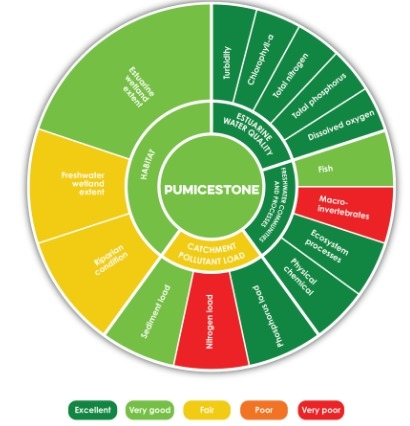
The State Department of Environment, Science and Innovation has been conducting monthly water quality monitoring within the passage for the past 20 years.
A DESI spokesperson said it had increased testing since the breakthrough, which led to sand clogging the nearby Caloundra Bar.
“An additional water quality monitoring site was added at the new entrance to the new bar (the breakthrough) in September 2022,” they said.
“Quantification of the concentration of Enterococci bacteria as an indicator of sewage contamination was added to data collection in August 2023 to support safe swimming conditions over the summer.
“To enable data collection as the new passage formed, a near real-time water quality monitoring buoy was deployed opposite the Bulcock Beach boardwalk, also in August 2023.”
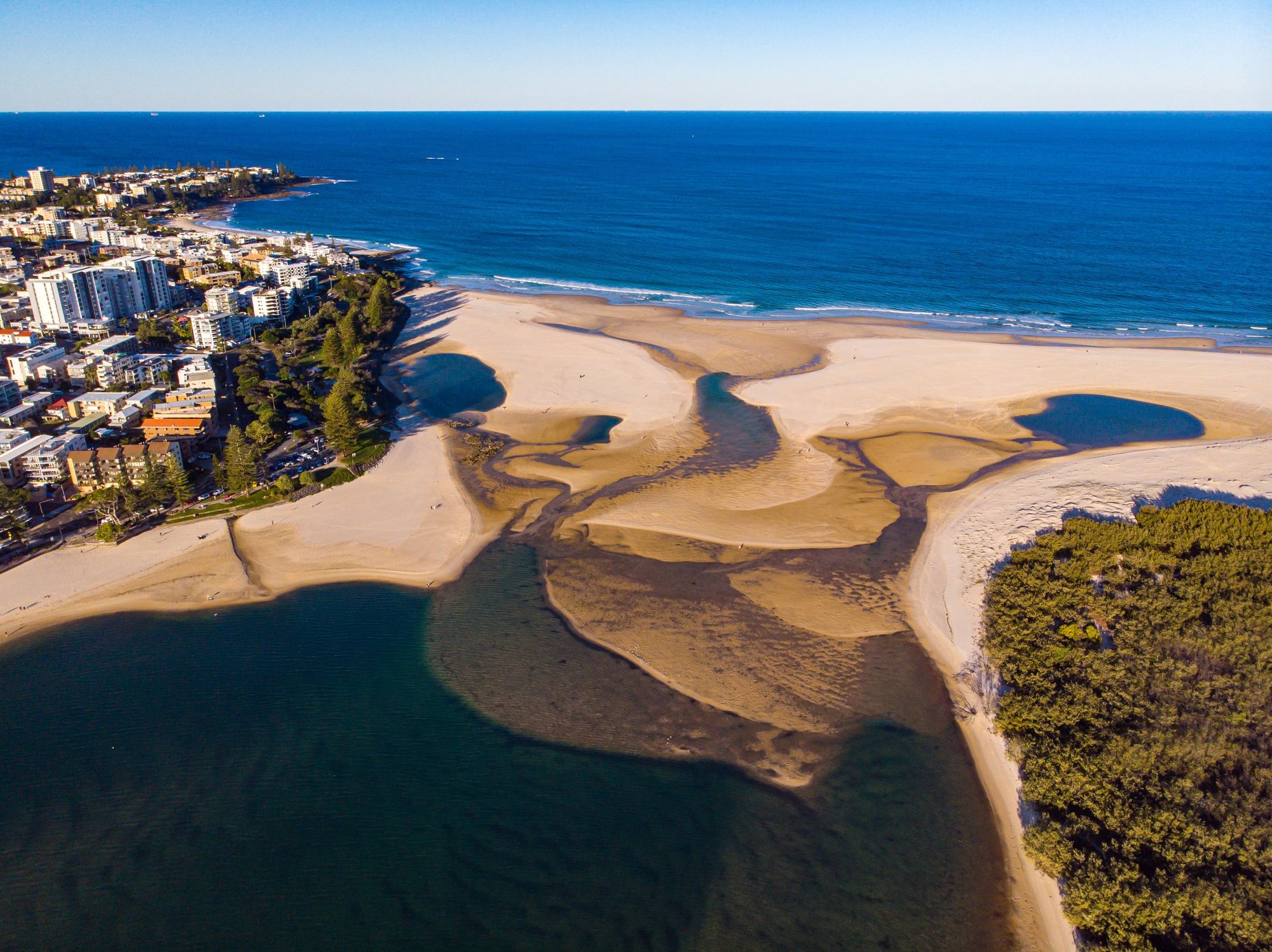
The spokesperson said their latest data showed there was very little to worry about.
“Recent water quality monitoring within the northern Pumicestone Passage has shown no environmental concerns,” they said.
“Small transient spikes in nutrient concentrations were observed after the new bar was formed, but nutrient concentrations have since been similar to those observed further south in the passage.”
There was an incident this month when water off Pelican Waters appeared black but the spokesperson confirmed it was a “natural blackwater event”.
“Blackwater events are common and are usually associated with dry conditions prior to summer followed by substantial rainfall,” they said.
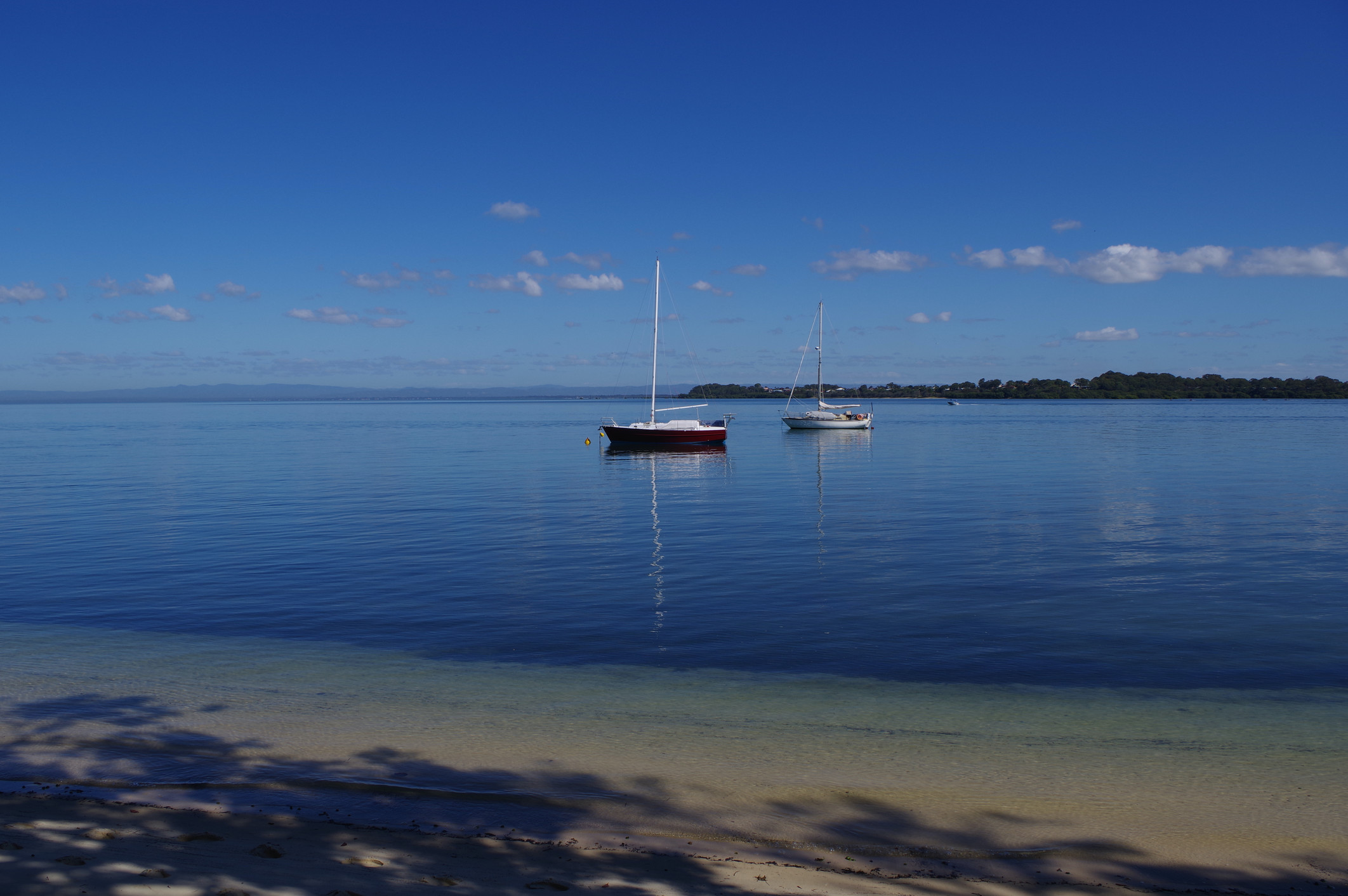
Meanwhile, the Mooloolah catchment was rated ‘fair’ for the sixth year in a row, with ‘excellent’ estuarine water quality but ‘very poor’ freshwater communities and processes, including fish.
The Maroochy catchment was also ‘fair’ for the fourth year straight, with a mark of 62, but with ‘excellent’ estuarine water quality.
The Noosa catchment was rated ‘very good’ with a mark of 80, with ‘excellent’ estuarine water quality, and catchment pollutant load. The area was ranked ‘excellent’ for seven years straight before it dropped in the 2022 report card.
The HLW Report Card was released in December, with the findings sent to stakeholders.
The report card will only be released every second year from now on, alternating with a Sustainability Report for South-East Queensland.
Subscribe to our FREE daily news feed. All it requires is your name and email at the bottom of this article.


